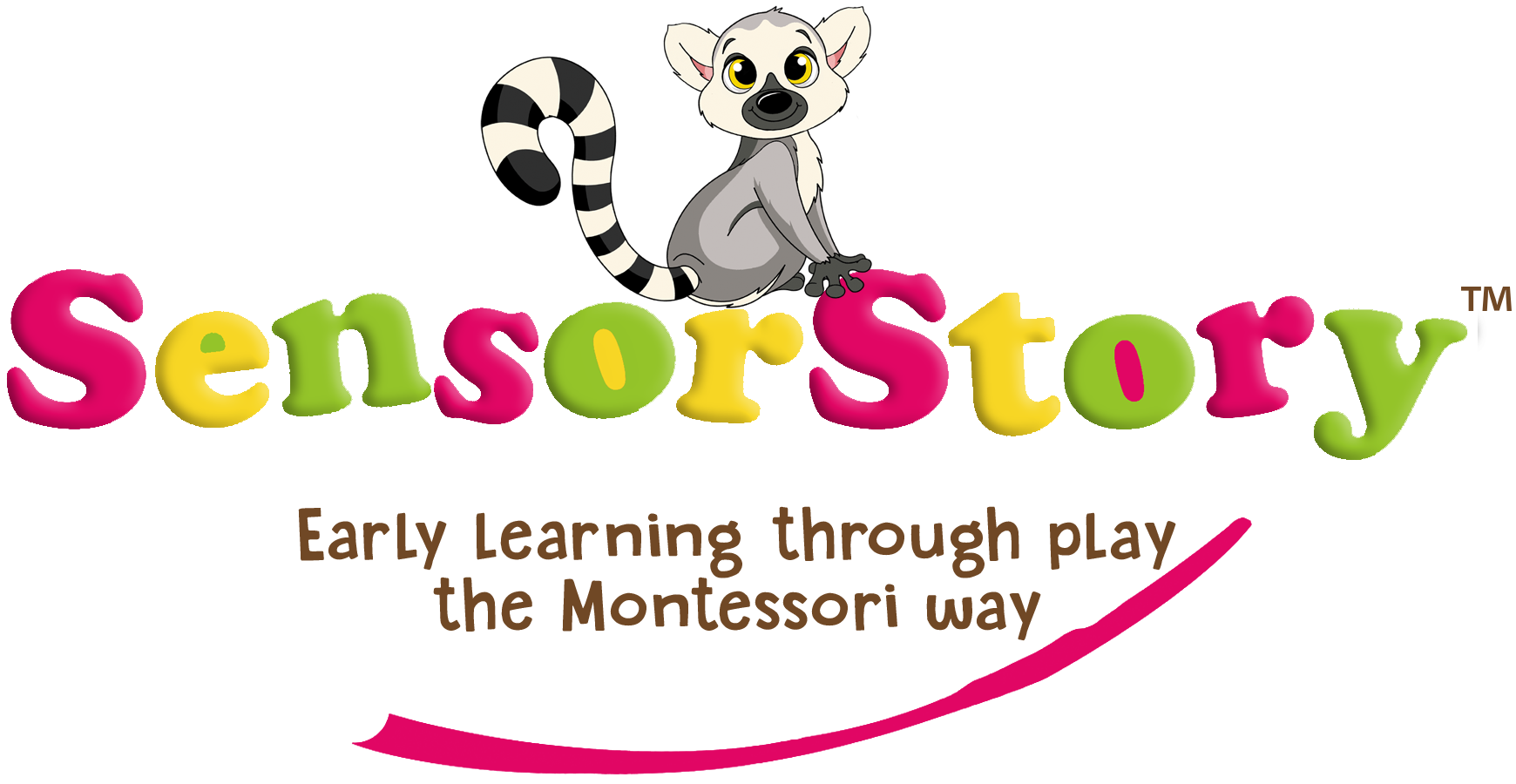Montessori education is characterized by a child-centered approach that emphasizes hands-on learning, individualized instruction, and the development of independence and self-discipline.
So how does Montessori work in practice?
1. Prepared Environment:
Classroom Setup: Montessori classrooms are carefully designed to create a visually appealing prepared environment. The space is organized into distinct learning areas with specific materials that correspond to various developmental areas such as language, math, sensorial, practical life, and cultural subjects.
Child-Friendly Furniture: Furniture and materials are child-sized to encourage independence and easy access. The environment is arranged to promote order, with each item having a designated place on the shelves.
2. Freedom of Choice:
Work Cycles: Montessori classrooms operate on a three-period work cycle: preparation for work, actual work, and a period of rest or reflection. This cycle allows children to choose activities based on their interests and engage in uninterrupted, focused work.
Freedom within Limits: While children have the freedom to choose their activities, there are guidelines and limits to ensure a respectful and harmonious learning environment.
3. Multi-Age Grouping:
Mixed-Age Classes: Montessori classrooms often have mixed-age groups, such as 3-6 years, 6-9 years, and 9-12 years. This allows older children to mentor younger ones, fostering collaboration and a sense of community.
4. Montessori Materials:
Specific Learning Materials: Montessori materials are designed to be self-correcting and to isolate specific concepts. They are tactile and concrete, promoting hands-on learning. For example, in the math area, there are materials like the golden beads for understanding place value.
Sequential Learning: The materials are introduced sequentially, allowing children to build on their knowledge and skills progressively.
5. Teacher Role:
Guide and Observer: Montessori teachers act as guides, observing each child's interests and progress. They provide individualized lessons and support when needed but avoid unnecessary interference in a child's work.
Facilitator of Learning: Teachers facilitate learning by creating an environment that stimulates curiosity and exploration. They offer lessons based on a child's readiness and interest.
6. Independence and Practical Life:
Practical Life Activities: Activities such as pouring, washing, and dressing are part of the practical life curriculum. These activities develop fine and gross motor skills, promote independence, and instill a sense of responsibility as well as aligning with their natural interests.
Freedom to Explore: Children are encouraged to explore practical life activities that help them develop real-world skills and contribute to their daily lives.
7. Observation and Record Keeping:
Observation of Each Child: Teachers closely observe each child to understand their individual needs, interests, and developmental progress.
Record Keeping: Teachers maintain records of each child's achievements and areas for further exploration, facilitating communication with parents and future lesson planning.
In practice, Montessori education works by providing a carefully prepared environment that allows children the freedom to explore, learn, and develop at their own pace. The method respects the individuality of each child, fostering a love for learning and a sense of responsibility for oneself and the community.
